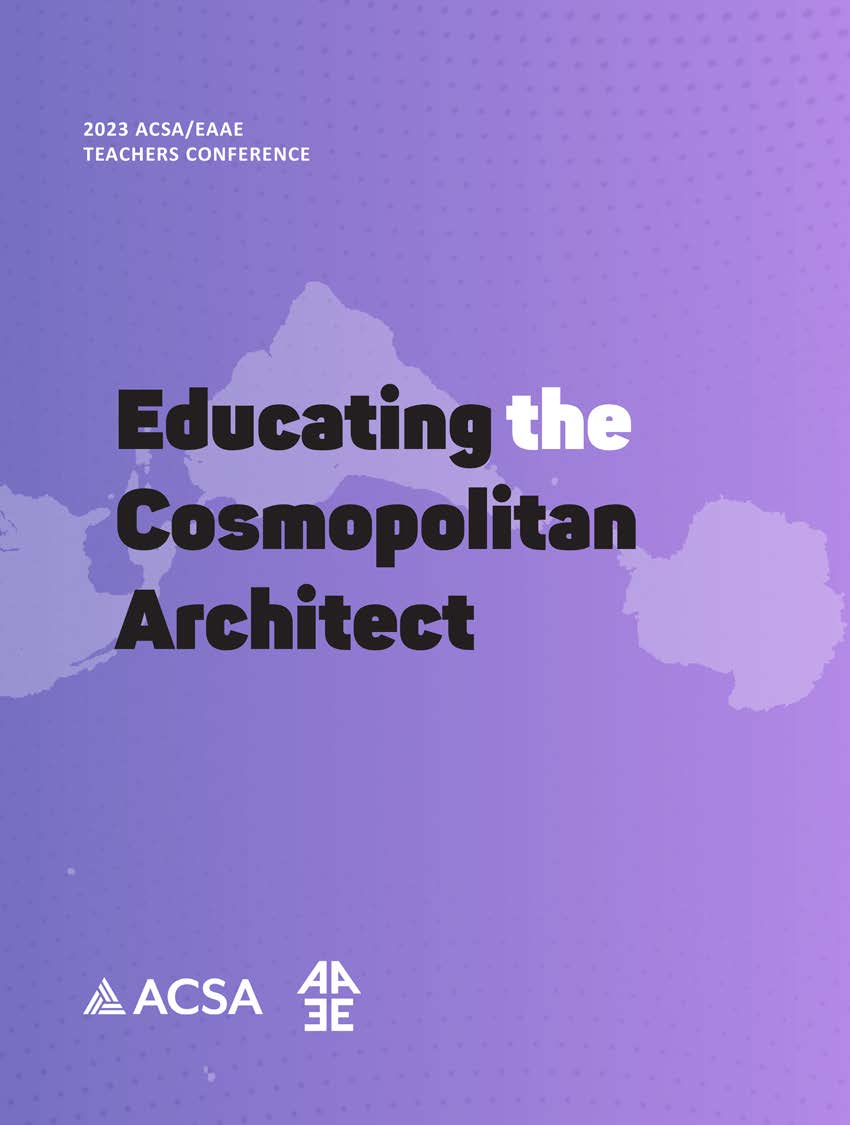Author(s): Annicia Streete
A futuristic perspective of “storytelling” as an educating design tool in an architecture elective course that explores Afrofuturism within Architecture. Afrofuturism offers a critical approach to thinking about future built environments of African and African Diasporic communities throughout the world. The course is rooted in a method that introduces Afrofuturism, a school of thought addressing intersections of afro-culture, the use of science and technology to project futures of liberation and innovation, using imagination.1 A study of Ten Principles of Black Space Design, authored by American Architect Jack Travis, FAIA, NOMAC, accompanies the introduction as a way to understand governing infrastructural, cultural, and environmental design factors existing within African and African Diasporic communities.2 This pedagogical approach offers an opportunity to expose the design student to a global citizen group that has faced environmental design inequities and to engage the student in embracing storytelling as a conduit of change through design. They become the “storytellers” or “griots” – synonymous with the passing of knowledge within African and African Diasporic communities. The term Afrofuturism was coined by author and cultural critic Mark Dery in 1993 but evident in the work and black cultural traditions of artists such as Sun Ra and George Clinton in the early 1970’s. Today, narratives of Afrofuturism are represented in film such as The Black Panther, 2018.3 Further explorations are presented by scholar Alondra Nelson, Octavia Butler – black science fiction writer and Nalo Hopkins – Jamaican fiction writer who weaves futuristic narratives with Caribbean historic and cultural practices.
https://doi.org/10.35483/ACSA.Teach.2023.1
Volume Editors
Massimo Santanicchia
ISBN
978-1-944214-44-9

 Study Architecture
Study Architecture  ProPEL
ProPEL 
